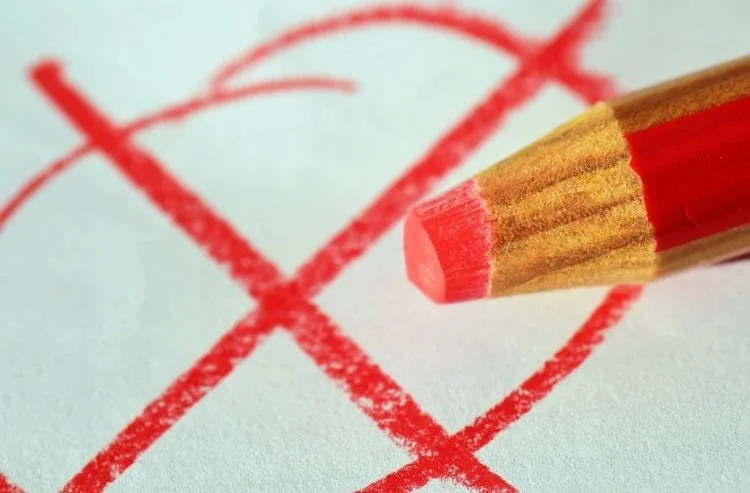There's no denying that electoral fraud is a widely talked about topic; it was brought to the forefront of the most recent U.S. elections, and it will likely do so again in the future.
The problem with voting is that many unscrupulous people look for ways of circumventing the system and biasing election results in their favor. With that in mind, is there a way of preventing electoral fraud?
One thing that states can do is take plenty of proven and actionable steps to decrease the risk of electoral fraud significantly. If robust processes are in place, rogue elements of society will be less likely to try and damage the democratic voting system everyone trusts.
Here are some steps all states should be taking in their defense against voting fraud:
Have Paper Votes As Backups
The first thing your state should do is have paper votes as a backup. Voting technology like Pollpad is undoubtedly an excellent way to severely minimize the risk of electoral fraud.
But, irrespective of the system you use, it makes sense to keep a paper backup of each vote that can be independently verified.
If an electronic voting system can somehow get compromised after votes have been accepted, the same cannot easily get done with paper backups.
Only Allow In-Person Voting
Another idea to combat the risk of electoral fraud in any state is only allowing in-person voting. The problem with mail-in votes is there are no security measures in place.
For example, mail can get intercepted and ballot sheets tampered with, or they might not even reach the voting centers. What's more, some people might even "sell" their votes.
When you only allow in-person voting, you diminish the risk of votes getting intercepted and tampered with by other people.
Verify Votes
It's no secret that voting verification is an excellent way to check that all votes have been correctly recorded and tallied up. The trouble is, states don't usually verify their votes unless they get contested by a political party.
Automatic verification ensures that everything got done correctly, and there is little margin for error, especially with computerized voting systems.
Disregard Duplicate Voters
What happens if voters move from one state to another and don't correctly remove their details from their former state? The answer is simple: they could potentially vote in two states.
As you can appreciate, that's not the best news for combatting electoral fraud. However, if all states share details of voters centrally, those details can get verified by each state and duplicates removed from the system.
Use Better Methods For Verifying Voters
Last but not least, states need to devise methods of verifying voters that attend voting centers.
For example, the use of biometrics or fingerprints could ensure that only eligible voters are allowed to vote, rather than random people turning up with other people's voting documents.
Conclusion
There are likely other processes and concepts that states can use to ensure electoral fraud is a thing of the past. However, the above ideas serve as actionable suggestions they can consider from today.


